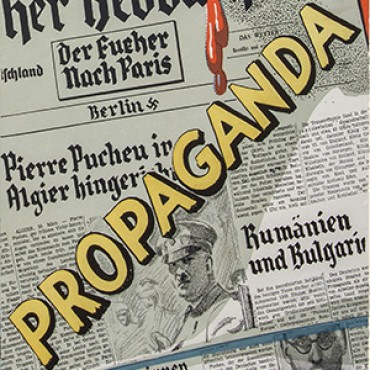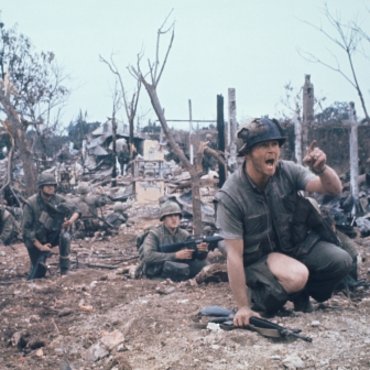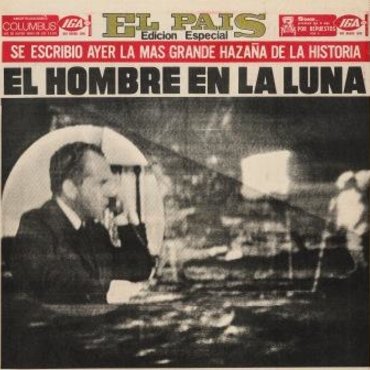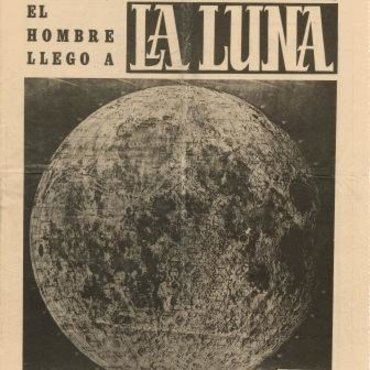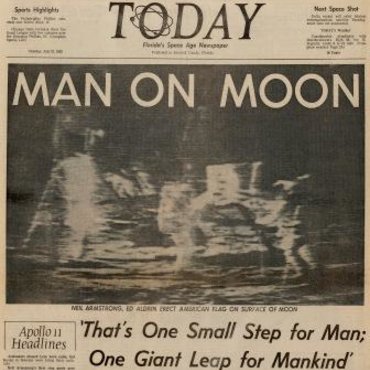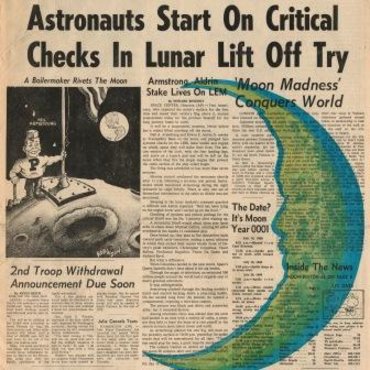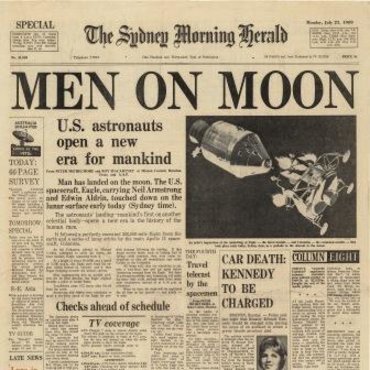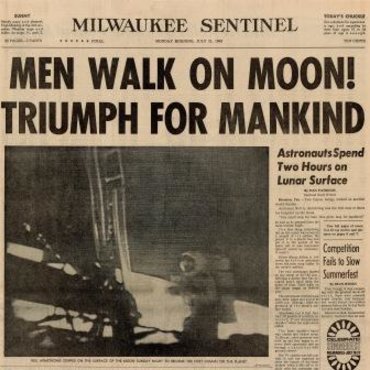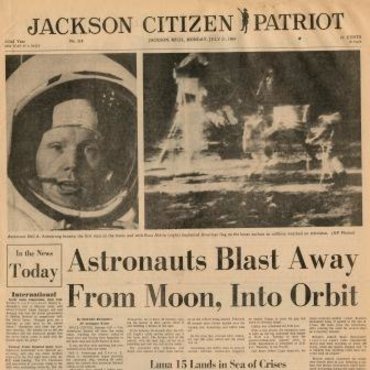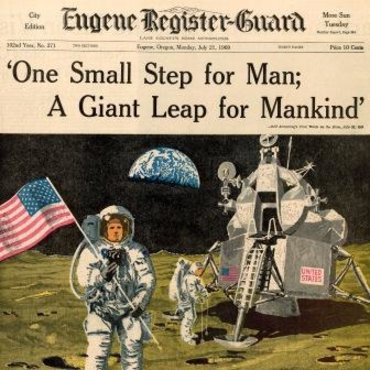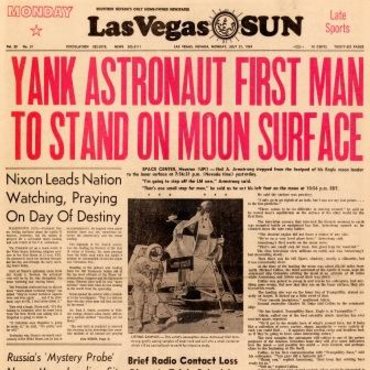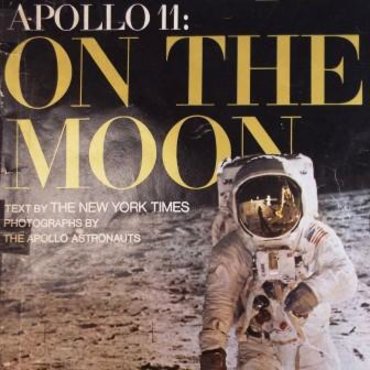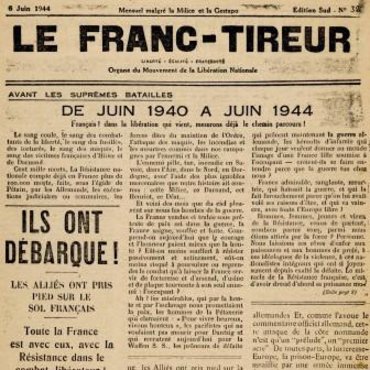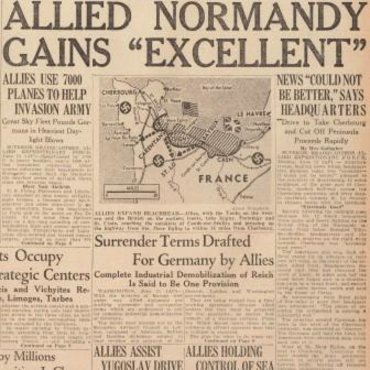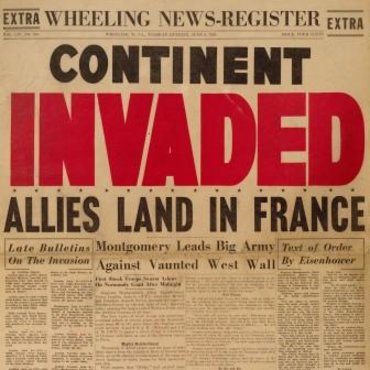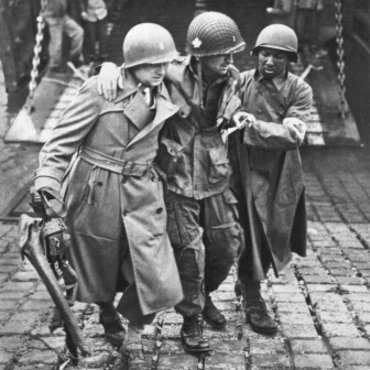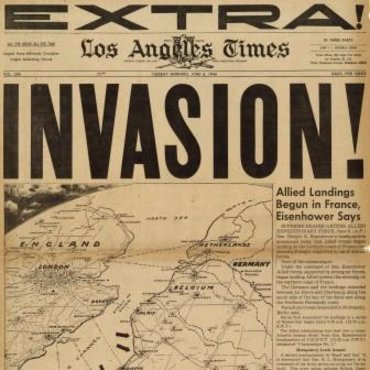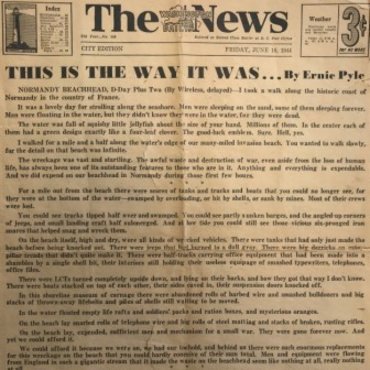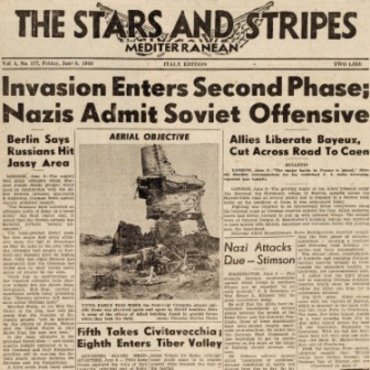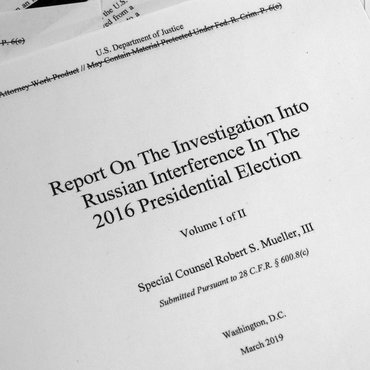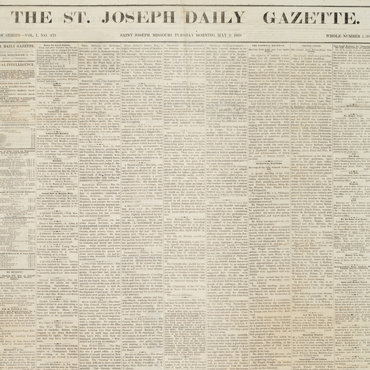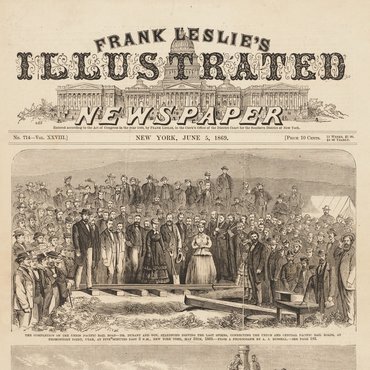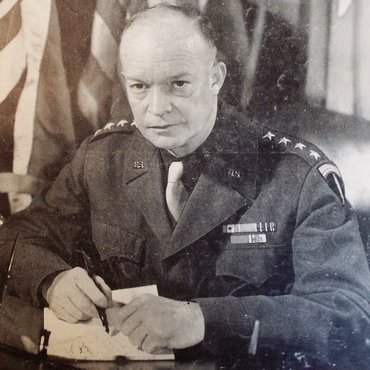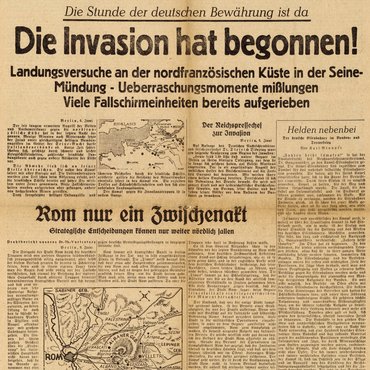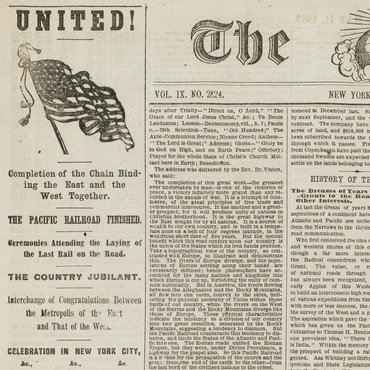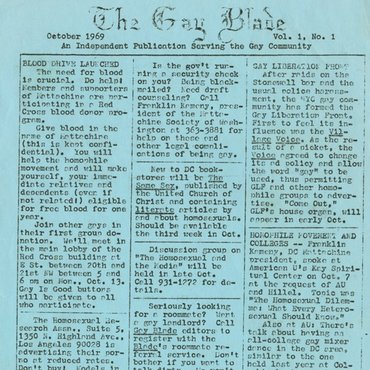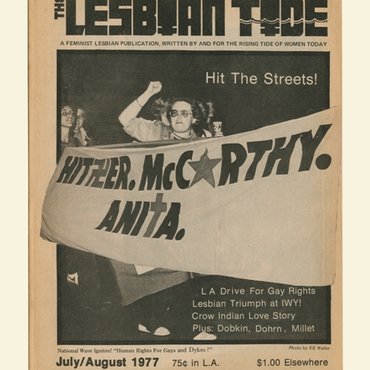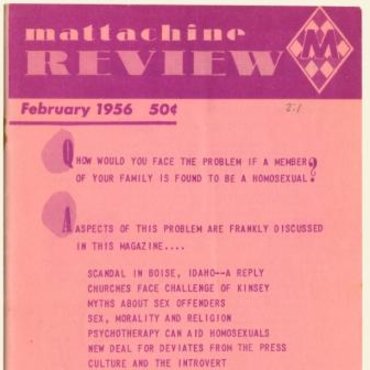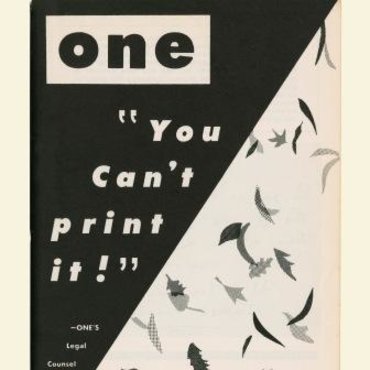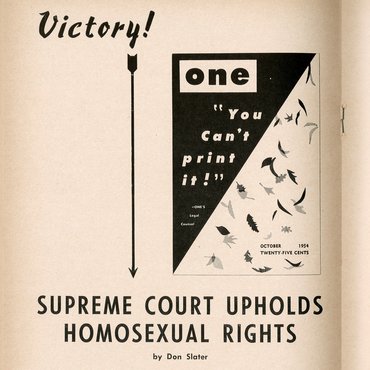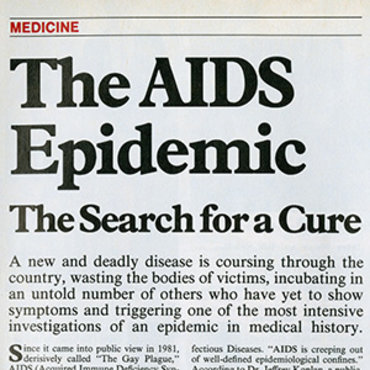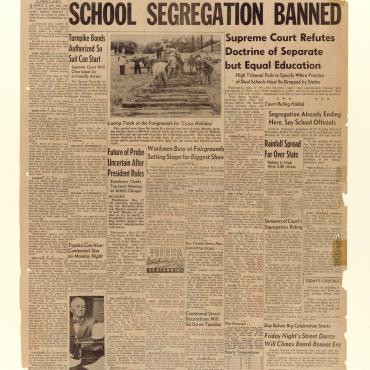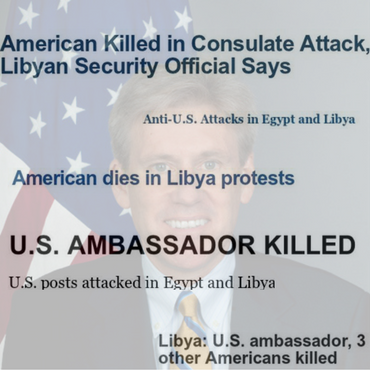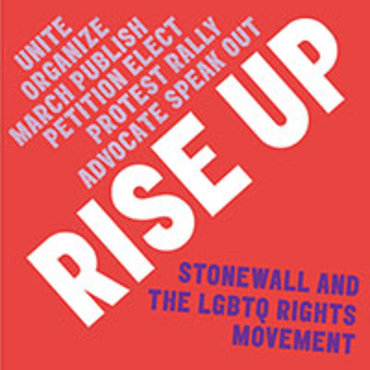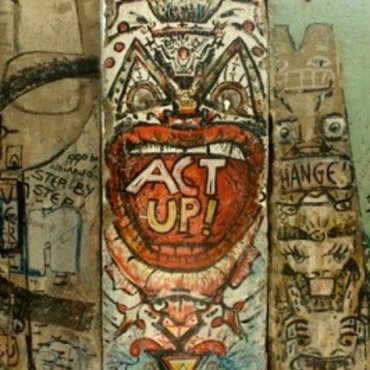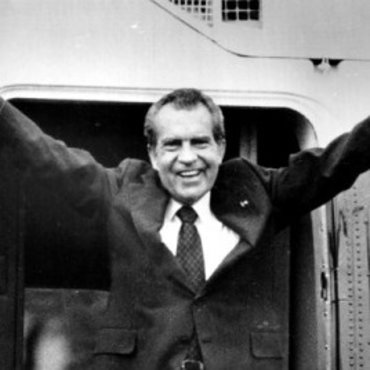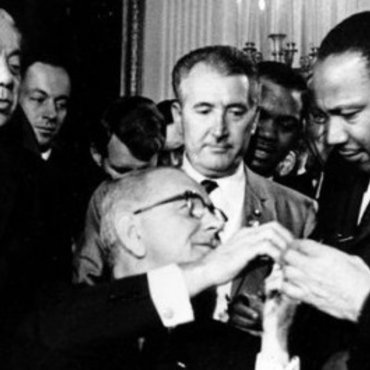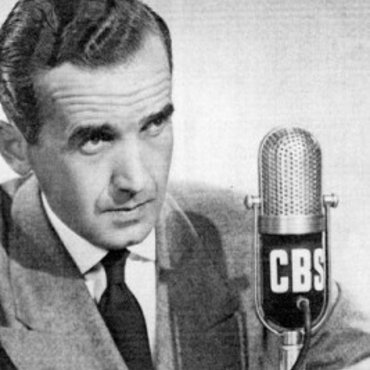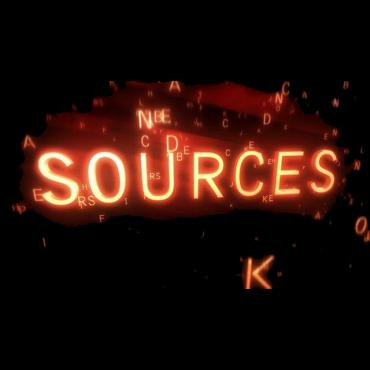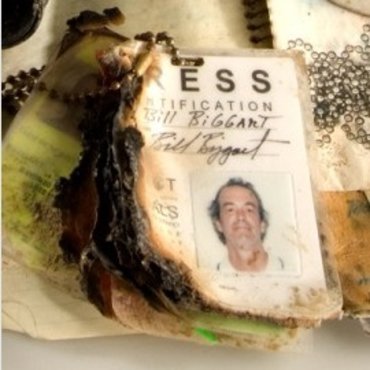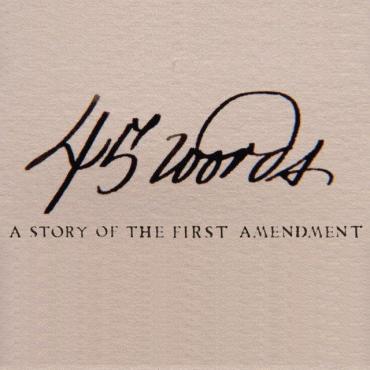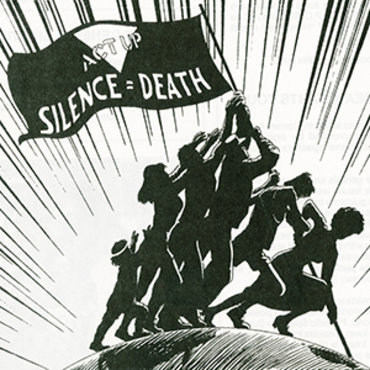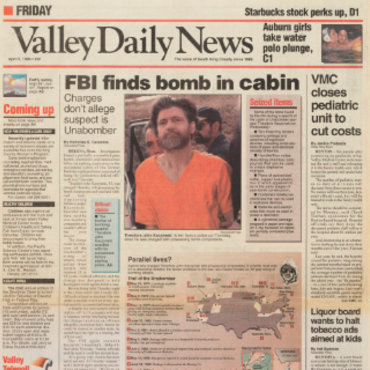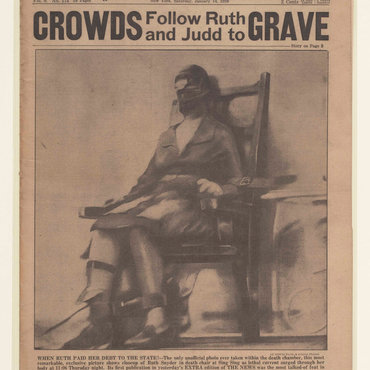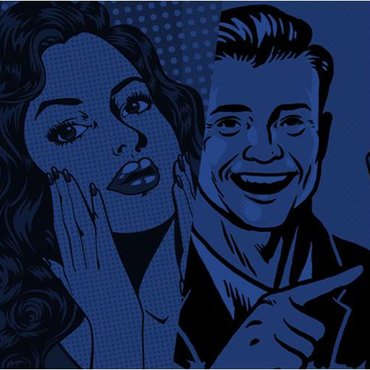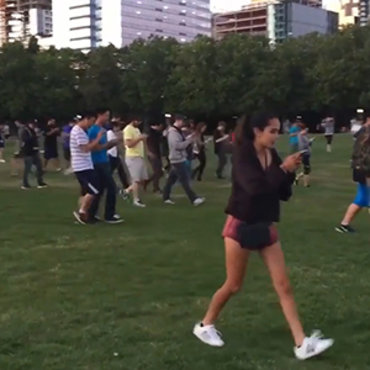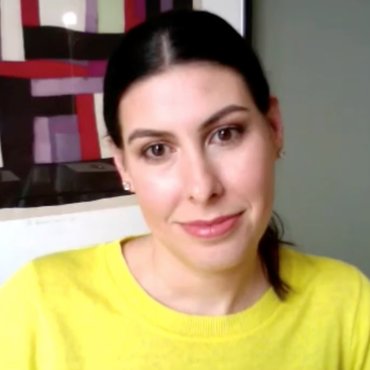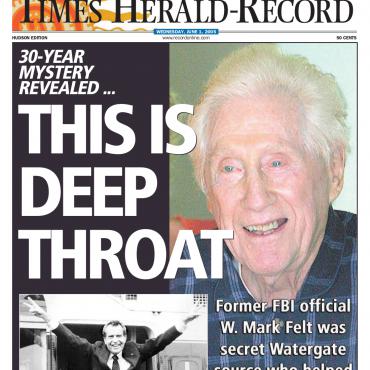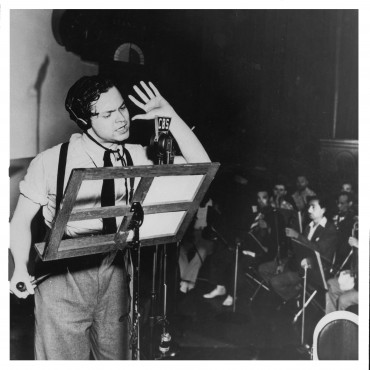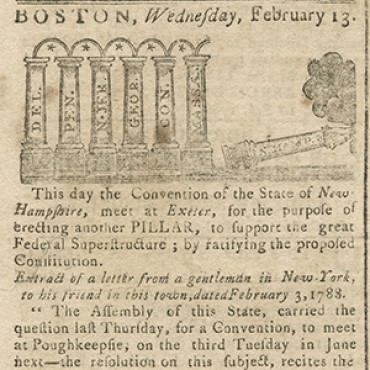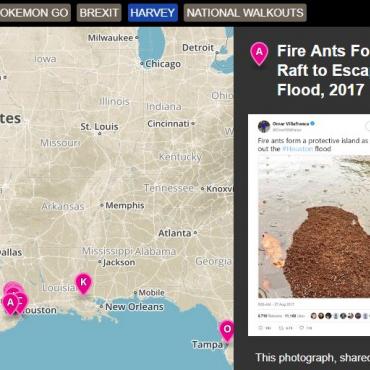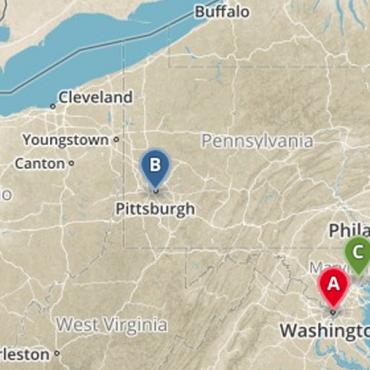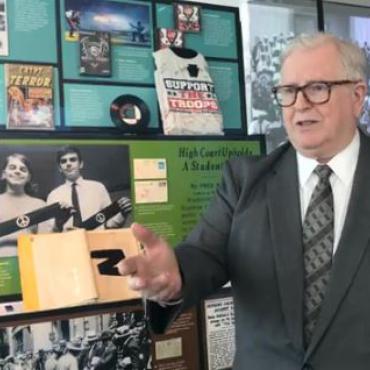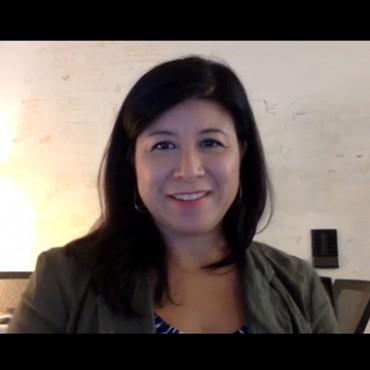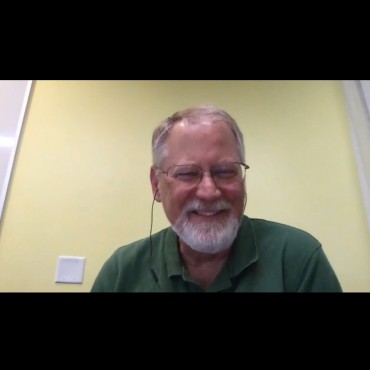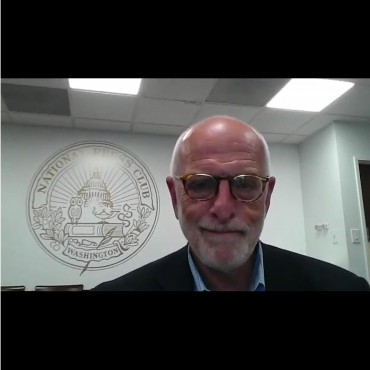2015 Attack on Charlie Hebdo Office: Archived Papers
See how nearly three dozen newspapers around the world covered the terrorist attack in France and subsequent unity rallies in support of free speech and free press.
Get even more great free content!
This content contains copyrighted material that requires a free NewseumED account.
Registration is fast, easy, and comes with 100% free access to our vast collection of videos, artifacts, interactive content, and more.
NewseumED is provided as a free educational resource and contains copyrighted material. Registration is required for full access. Signing up is simple and free.
With a free NewseumED account, you can:
- Watch timely and informative videos
- Access expertly crafted lesson plans
- Download an array of classroom resources
- and much more!
- Journalism
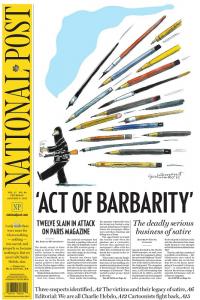
On the morning of Jan. 7, 2015, two gunmen entered the Paris office of Charlie Hebdo, a French satirical magazine, and began firing on the staff. The attackers, identified as brothers Cherif and Said Kouachi, killed 12 people before fleeing the scene. Their motivation for the carnage: To silence a publication that had produced and distributed images they found blasphemous, in particular illustrations of the Islamic prophet, Muhammad.
The phrase “Je Suis Charlie” or “I Am Charlie” began trending on social media and at observances and appeared in news coverage around the world. The slogan evoked solidarity, and drew comparisons to the French philosopher Voltaire, widely believed to have said: "I may disapprove of what you say, but I will defend to the death your right to say it.”
A massive manhunt for the two fugitive suspects ensued. After committing several more crimes, the Kouachi brothers were killed on Jan. 9 in an exchange of gunfire with police after a standoff.
At about the same time, an affiliated attacker, Amedy Coulibaly, who knew the brothers, was killed when police stormed a kosher supermarket in eastern Paris where he had taken hostages and killed four people.
Many in France and elsewhere viewed the attack on the Charlie Hebdo staff as an attack on freedom of self expression. They supported Charlie Hebdo's right to publish, not necessarily its irreverent and some would say irresponsible cartoons.
Front Pages Jan. 8, 2015
Newspapers on this day covered the developing story, with varied updates depending on the publication’s time zone. Several front pages featured cartoons as a symbol of solidarity, while others used blank space or black to convey a sense of loss and mourning. Some papers noted that this was not the first attack on Charlie Hebdo. In 2011, the magazine’s office was firebombed after naming the prophet Muhammad editor-in-chief. The Brazilian paper Odia reprinted Charlie Hebdo’s cover the day after the 2011 bombing. The caricature depicted Muhammad kissing a personified Charlie Hebdo, with the words “Love is stronger than hate.”
Explore a selection of national and international front pages from the day after the terrorist attack by clicking on each image. (Press the pink “view larger” button to see a larger image in PDF format.)
Front Pages Jan. 12, 2015
Newspapers reported on the Paris unity rally the previous day, which attracted millions of people and included about 40 world leaders. The rally demonstrated the world’s united stance against terrorism.
(Press the pink “view larger” button to see a larger image in PDF format.)

